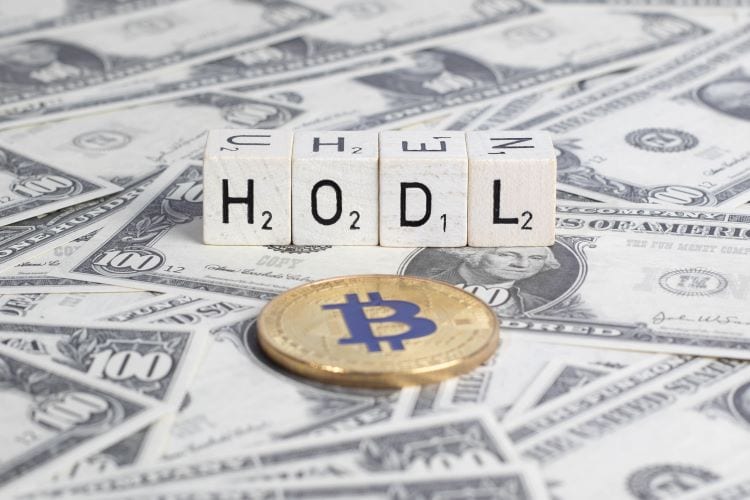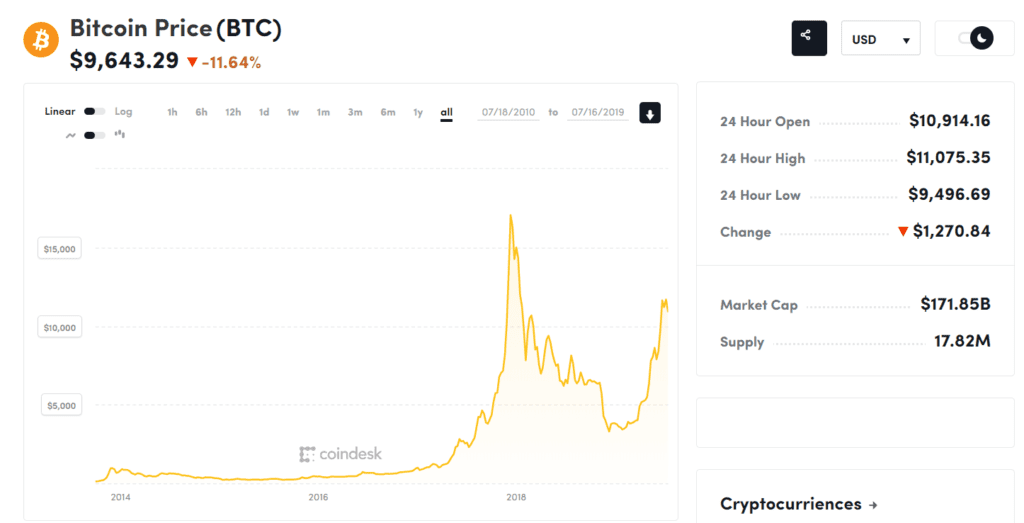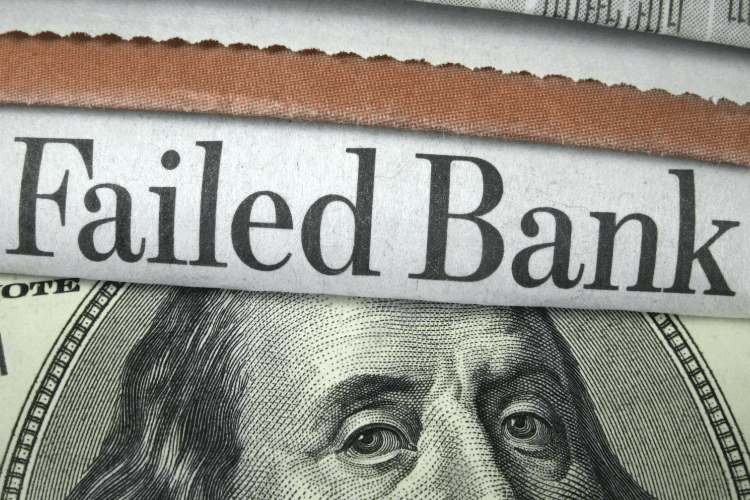Why Small Investors Shouldn’t Overlook Cryptocurrency

Unless you’ve been living under a rock for a decade, you’ve at least heard of cryptocurrency by now. It’s been mentioned in shows like Mr. Robot and The Simpsons, endorsed by Floyd Mayweather Jr., and even tweeted about by the President.
Despite the publicity, the uses of cryptos like bitcoin are still a mystery to some people. The biggest issue is that many of the applications of cryptocurrency are hypothetical projections of what it may do in the future, or are based on the blockchain technology that powers cryptos, not the currencies themselves.
While cryptocurrencies may have a large role in economics in the future, currently they remain a niche item. However, one way that anyone can start taking advantage of crypto today is as an investment. While it may come with more risk than traditional investing, trading crypto can yield high returns with minimal losses if you do your research and have a lot of patience.
If you’re considering making investments in or trading cryptocurrency, here’s where to start.
Read about micro-investing and how to get started with our complete guide: Micro-Investing: What It Is, Why It’s for You and How to Start.
Long- vs Short-Term Cryptocurrency Investments
Crypto investors broadly fall into two schools: long-term and short-term. A quick glance at the rise (and falls) of bitcoin over time demonstrates the merits of both schools of thought.

Let’s say you bought 1 BTC for $1,000 in early 2017 after the coin displayed a steady, consistent rise throughout 2016. If you didn’t look at your bitcoin wallet for two years, you’d open it today to a tenfold return on your investment. Over the years you could have sold your coin for a better or worse return, but as a long term investment bitcoin would prove profitable.
Now pretend you spent that same $1,000 for 1 BTC, but actively followed market trends while buying bitcoin when the price dropped and selling when it hit highs. For the purpose of this exercise let’s say you perfectly played the market, sold at every monthly peak, and bought at each low. After two years of buying and selling, you’d net about $25,000. Of course, you’re more likely to lose money in short-term trades, especially in very volatile securities. But if you have the knack, you could in theory net a strong profit.
“Hodl” and Ignoring the Market
Many crypto investors who plan to sit on their assets for the long term do so with the expectation that cryptocurrency will inevitably replace fiat money (like the U.S. dollar) as a major medium of exchange. Others simply seek to avoid the chaos and uncertainty that comes with tracking the market but trust the long term value of cryptos. “Hodl” has become a common slang term in the crypto community for any time people resist selling their coins regardless of recent trends.
As all great economic philosophies do, the term “hodling” came from a drunken rant. BitcoinTalk.org user GameKyuubi declared in a now-famous post “I AM HODLING,” which has become the insouciant rallying cry of many bitcoin fans. GameKyuubi wrote the post during bitcoin’s first real skid, when the price tanked to $550 on Dec. 17th after hitting a then-record high of $1,100 on Dec. 3rd.
GameKyuubi reasoned that because he wasn’t able to spot highs and lows in bitcoin’s price before they happened, he couldn’t make a profit if he attempted to trade the coin. (This is the philosophy behind index investing in the stock market.)
Trading and Taking Advantage of Bear Markets
If you’re confident in your ability to predict trends and want to capitalize on cryptocurrency’s volatility, you might prefer trading to hodling. While playing the long game takes a lot of patience, short term trading takes some serious intestinal fortitude. Experts employ various strategies to try to stay one step ahead of the crypto market, but there’s an unavoidable level of uncertainty that means even the best trader could lose a significant portion of their holdings in any given trade.
The prevailing wisdom is that successful traders should always buy as the price drops, so if and when it spikes again they can sell for a profit. The flip side of the same coin says that you should always be willing to sell when the price spikes to maximize your earnings. It’s a simple concept that’s difficult in practice but can net some serious profits if done right.
Personally, I found success through a mix of these two strategies. I first invested in cryptocurrency by buying ethereum in 2017 as the coin experienced it’s first steady rise. I bought 1 ETH in June for about $360 but to my horror, the price began to tank almost immediately. Ethereum bottomed out around $180 by mid-July and during the skid I bought 3.5 more ETH and sunk around $1,200 total into the currency. About six months later ethereum climbed as high as $1,400 so I was able to sell one coin for a total profit, but I’m still holding onto my remaining 3.5 ETH.
Of course, past performance is no predictor of future performance, and it’s just as possible with assets as risky as cryptocurrencies that their value could fall to zero.
Win Big, Lose Small With Cryptocurrency Investments
Regardless of your strategy, the volatility of cryptocurrency makes it best for small investments. Having money in a coin like bitcoin or ethereum can feel like a roller coaster with exhilarating climbs and gut-wrenching drops. If you’ve invested more money than you’re totally willing to lose, it can be sickening to watch a coin tank 20 to 30% in a week, a regular occurrence during bear markets. If you feel pressured to sell off during a decline, you could cost yourself hundreds or thousands from panicking.
You don’t need thousands of dollars to find success investing in cryptocurrency. Even if you want to microinvest with a few dollars at a time, you can profit by building a diverse crypto portfolio, or with low-volume, high-margin trades that can turn $5 to $50 in the right week. Small investments mean you keep risk low while still reaping the rewards of the growing crypto market.










